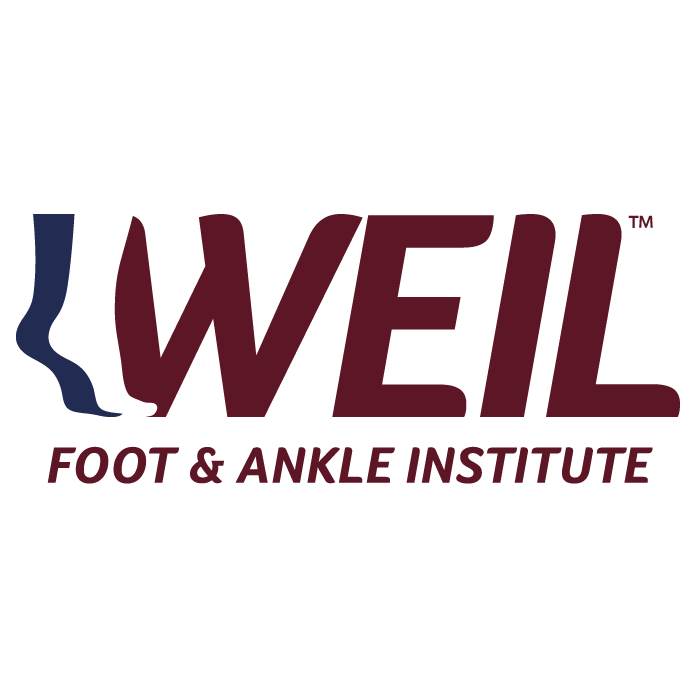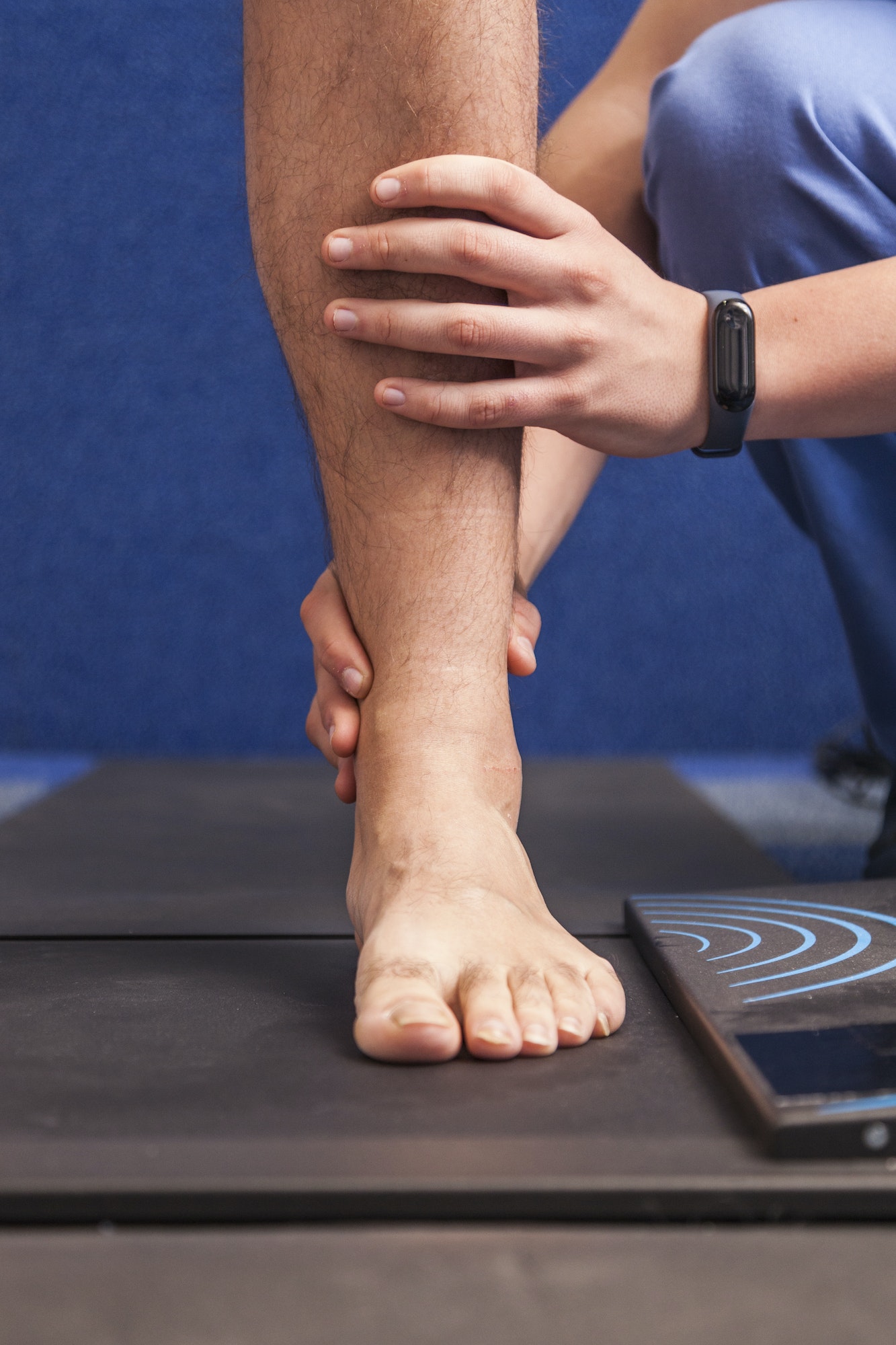Table of Contents
How can Toe Separators Help Me?
When you’re not getting a pedicure, toe separators best serve the purpose of keeping toes from rubbing on each other causing pressure to each other. A separator that is designed to go between all of the toes has the benefit of being less likely to move or shift when wearing it. There are a few designs of toe separators which we call toe spacers which are used more if there is 1 particular area of irritation between the toes. For some patients, these can be very helpful to prevent blistering and calluses due to the contact between the toes.
There are some larger, individual toe separators that can are meant to be used between the big toe and the second toe and some people believe that this can slow the development of a bunion down. Unfortunately, because the root cause of a bunion is not dysfunction between the toes, the spacer at best will only provide stretch to some of the forefoot tendons. This will not reduce the development of a bunion and no external device/pad/strap has ever proved effective in correcting/removing a bunion that has already formed.
While separators and spacers can fit into your shoes and may help relieve minor foot discomfort, they are less likely to make major changes in your foot health. Especially in the cases of bunions and hammertoes, optimizing the position of the joints and tendons in the feet is the most effective conservative treatment to slow the progression of bunions and hammertoes. This is achieved with use of custom orthotics which hold your foot in an improved position so that the tendons are firing as equally as possible, reducing compensation and the need for one tendon to be tighter than another. Many of the tendons which function improperly creating foot deformities originate in the leg and as they pass the ankle joint, their function can be compromised due to poor arch structure.
Speaking on neuromas, toe separators again do not address the problem at its cause. With neuromas, the entrapment of a nerve occurs between the ball of foot bones (we call these metatarsal heads) which are behind the toes. This entrapment can be something that your foot structure predisposes you to developing, it can also be aggravated by tight toe box shoes (pointy toe) or high heels which place more pressure between these bones and compress these metatarsal heads together. There are other types of pads and straps that can be useful in the treatment of neuromas. Thankfully, neuromas are very often treated successfully without surgery.
How Should I Use Toe Spacers?
If you think you need toe separators or toe spacers for your feet, shop around and take note of the designs available. Some attach to the toes, which minimizes the risk of them moving out of position or flying out of your sock and getting lost (or eaten by your cat/dog/child). However some people are less comfortable with a band being around the toes as this can cause swelling and pain in the toes, especially if the band is not adjustable and/or is too small for the toe you are using it on. Use these devices as a way to reduce irritation and pain locally and have realistic expectations about their purpose. In general, these are a relatively inexpensive ‘fix’ to try and if you get relief of your pain that is of course the most important thing. If you have a painful bunion, just realize that these spacers and separators will not ‘cure’ or rid you of your bunion, but rather may help make you more comfortable if you are not a surgical candidate. For neuromas, try something called an ‘MT pad’ or ‘metatarsal raise pad’ placed just behind the ball of foot bones on the insert of your shoe. This helps encourage those metatarsal heads to splay apart giving more room to the nerve.
What Can’t Toe Separators Do?
We’ve already reviewed the fact that toe separators may help relieve foot and heel pain. They have not proved to prevent the progression of hammer toes or bunions or even neuromas.
In order to get to the bottom of anatomical changes in your feet or toes, or to completely stomp out chronic foot pain, it’s important to see your podiatrist. When we discover the forces causing problems to develop, you will likely find yourself putting those toe separators back in your pedicure kits!

Meet Weil Foot & Ankle Institute
By: Weil Foot & Ankle Institute, Published: Sep 6th, 2019
Review By: Anthony Borrelli DPM – Feb 14th, 2023


